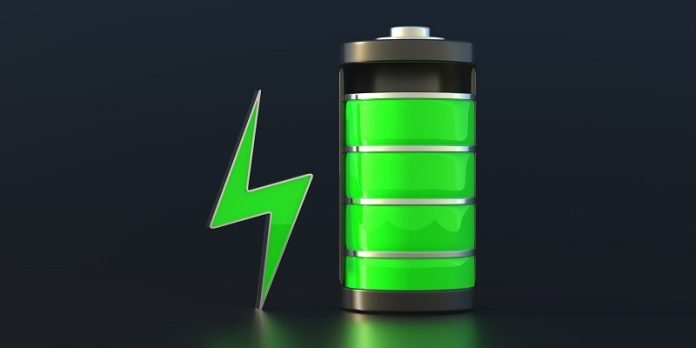
Scientists have recently made a groundbreaking discovery in the world of batteries, which could change the way we use our gadgets and electric vehicles.
In a study published in the journal Chemistry of Materials, a team of researchers from Tokyo University of Science and Denso Corporation, led by Professors Kenjiro Fujimoto and Akihisa Aimi, announced they’ve found a new material that could make batteries safer, last longer, and charge faster.
This new material is a type of solid rather than liquid, which means batteries made with it won’t catch fire easily.
This is a big deal because most of today’s batteries use a liquid inside them that can be flammable.
Not only is the new material safe, but it can also store more energy and move it around more efficiently, making it perfect for things like electric cars and even household electronics.
The material, known as a pyrochlore-type oxyfluoride, has a complicated scientific name: Li2-xLa(1+x)/3M2O6F (with M being either Nb or Ta).
But all you need to know is that it’s really good at conducting lithium ions, which are the tiny particles that carry energy around inside batteries.
The researchers found out that this material is way better at this job than many others they’ve looked at before. It works great even in cold temperatures, where other batteries slow down.
One of the coolest parts about this discovery is that the material is stable in air and doesn’t produce dangerous gases like some other battery materials do.
This means it’s a lot safer to use in all sorts of settings, from airplanes to electric vehicles, and even in small devices like medical equipment.
The way lithium ions move through this new material is kind of like going through a tunnel made by other particles in the material. Some bits of the material help the lithium ions move along, while others block the wrong paths, making sure the energy goes exactly where it needs to, quickly and efficiently.
The discovery is not just a step forward in making batteries safer but also in making them work better under a wider range of temperatures and conditions.
This could mean your phone won’t die on a cold day and your electric car could charge up much faster.
In short, this new battery material is a big deal. It’s safe, efficient, and could be used in everything from electric cars to smartphones.
The researchers are excited about the potential for this discovery to lead to better batteries for all kinds of uses, making our gadgets safer and more reliable than ever before.



